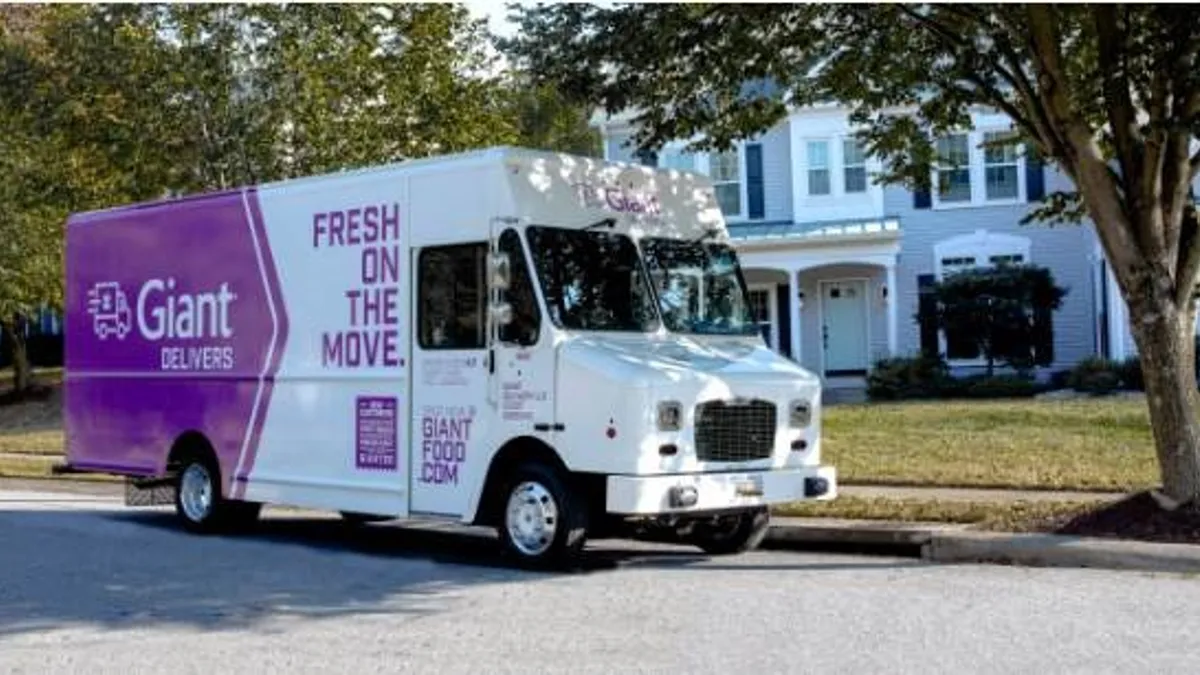Guess sources apparel from hundreds of manufacturers and suppliers in 30 countries around the world. The global fashion brand partners with facilities and designers rather than owning factories itself. So when the pandemic shut down manufacturing centers, it was difficult for Guess to know whether its contract factories could source alternatives for fabrics, zippers and buttons, and turn out finished products.
Supply chain visibility was challenging before the pandemic, but the global lockdowns highlighted the uncertainty with upstream suppliers. When countries shut down, and everything from microchips to zippers were in short supply, companies were stunned by how little they knew about where key components and products originated.
Guess turned to QIMAone to digitally track its supply chain to ensure visibility, quality control and compliance.
For about 15 years, QIMA has had inspectors on the ground to verify sourcing, working conditions and other factors. QIMAone digitizes that service, and suppliers can upload quality control and compliance data on their own, said Mathieu Labasse, chief marketing officer at QIMA.
The turmoil of COVID-19 has led companies in the fashion industry, industrial supplies and the auto industry to build closer relationships with existing suppliers. In the 2021 Fashion Industry Benchmarking Study, 83% of fashion company respondents said they planned to strengthen relationships with key vendors.
Fashion firms focus on relationships, agility in sourcing
Meanwhile, regulations in the U.S. and Europe require companies to understand the levels of their supply chain, said Roger Blumberg, vice president of marketing for Jaggaer.
"It is really an expectation that a procurement professional knows where every button, every piece of clothing, every raw material originates," he said. "There are no longer any excuses for not knowing."
Supplier, spend data locked in spreadsheets
As companies seek deeper relationships, they're finding that vital information is not available in digital forms inside or outside their companies.
When it comes to procurement data management, many companies are at the stage of the first-generation iPhone, when they should be lining up for the iPhone 13, said Georg Roesch, vice president of product management at Jaggaer.
Even in more technologically advanced companies, supplier information is locked away in Excel spreadsheets and PowerPoint slides.
"If the data lives in spreadsheets, it's super hard to make sense of the data when you have it in silos," Roesch said. "Excel is everyone's favorite tool, so many companies have the same problems."
Excel is technically a digital format, but that data can't be shared or analyzed at scale within the enterprise.
"It is really an expectation that a procurement professional knows where every button, every piece of clothing, every raw material originates."

Roger Blumberg
Vice president of marketing at Jaggaer
That's how a company ends up with contracts with 400 recruiting firms, said Stephany LaPierre, CEO of TealBook. Companies without a centralized master database fail to optimize their spend with key suppliers.
"You can drive compliance with suppliers you already have a contract with, which expedites the purchasing process, reduces costs and reduces unnecessary risk, especially in categories where you don't need it," she said.
TealBook gathers supplier information from a company's master vendor database and crawls the internet to pull information about diversity, corporate social responsibility and other factors.
Suppliers can correct or update their information in the TealBook system, but their input isn't required. Suppliers benefit through better visibility to their customer organizations. Buyers gain the ability to identify opportunities to do more business with diverse suppliers and identify current suppliers that are diverse but aren't being recognized for their status.
Make digital solutions easy
Accurate, clean data is the fuel for digitization. Although many enterprises have invested in sourcing, due diligence, onboarding, payments and maintaining records while leveraging suppliers, they haven't centralized their data.
One common solution is to make the suppliers manage their own information. But procurement relationship solutions that require suppliers to enroll and update their information will likely fail, LaPierre said.
"You're assuming the data in your software is good, but there's not enough machine learning you can throw on top of this to make it amazing," she said.
"If only 10% of your suppliers actually use the solution because it's cumbersome or only in English, then there's no point."

Mathieu Labasse
Chief marketing officer at QIMA
Not all suppliers are willing or able to jump on board with the latest technology solution from their buyers. Some less visible suppliers, such as small mom-and-pop factories, turn out small but critical components. For a small company, a scanned PDF of a handwritten quality report delivered via email is a giant leap into the digital age, Labasse said.
"If only 10% of your suppliers actually use the solution because it's cumbersome or only in English, then there's no point," Labasse said.
To get suppliers on board, experts advise making it easy. Digital solutions should be available in local languages. QIMAone offers support via WeChat, a mobile messaging app popular in Asia. Suppliers can ask questions and get replies in their language, Labasse said.
Jaggaer has assisted clients' suppliers who are members of the Amish sect that shun modern conveniences like electricity in their homes and automobiles.
"We've helped Amish farmers who use a payphone in town because they don't have a phone at home and input their information for them," Blumberg said.
On the horizon is what Jaggaer calls a no-user-interface system that can ingest information from suppliers' emails, so it's transparent for both parties, providing a consistent look for data from large and small suppliers alike.
This story was first published in our weekly newsletter, Supply Chain Dive: Procurement. Sign up here.






















